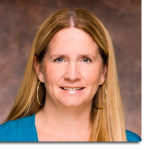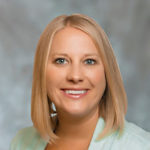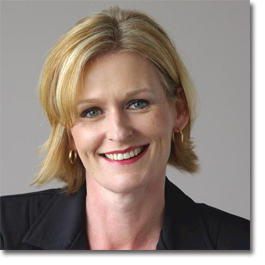Bank of mom and dad’ has growing hand in real estate market thanks to first-time buyers: report
Garry Marr | January 11, 2017
A new survey released Tuesday found first-time buyers are getting help from “the bank of mom and dad” — a theme the head of one of Canada’s largest real estate companies says he continues to hear in the marketplace. Brad Henderson, chief executive of Sotheby’s International Realty Canada Inc., had his own report out Wednesday on top-tier real estate across the country and he believes family support has an influence as people accumulate equity early in the home-buying cycle. “I don’t have statistics to back this up, it’s more anecdotal. We see less (family financial support) for high end homes and more for first-time and move up homes,” said Henderson, adding inheritances are more of a direct factor in the high-end sector of the market.
However, a new survey from ratehub.ca did shed some light on the family financing and found 42 per cent of first-time buyers in British Columbia received some type of assistance from kin. Thought not directly linked, the same survey found 45 per cent of first-time buyers in the province, where the average existing home sold for $625,871 in December, were able to put down 20 per cent or more down on a home.
Ratehub.ca interviewed a thousand people across the country between Sept. 2016 and November 2016 to get a sense of how much support buyers are getting from family and British Columbia was by far the leader in terms of pure dollars. “RateHub is expecting the bank of mom and dad to have a record year in 2017,” the company said, adding regulatory changes in 2016 and rising home prices have made entering the housing market for first-time homebuyers an ongoing challenge.
In Quebec, a much cheaper environment for buying houses than British Columbia, 45 per cent of first-time buyers said they received financial help and 45 per cent were also able to meet the 20 per cent threshold. In Ontario, 35 per cent of buyers received help from relatives while 38 per cent were able to put down 20 per cent or more on their homes.
Canadians need at least five per cent down to buy a home with a loan backed by the federal government. They must come up with 10 per cent for any amount between $500,000 to $1 million. The 20 per cent threshold is key because at that point banks can loan money without forcing buyers to get costly mortgage default insurance, under federal rules.
Sotheby’s Henderson says the single family home market continues to be a driver of the luxury home market — with the minimum threshold of $1 million for top tier beyond anything the federal government will backstop with insurance. In Toronto, Sotheby’s says $1-million home sales were up 77 per cent in 2016 from 2015 and homes that sold for $4 million plus climbed 96 per cent during the period. “Toronto is not as dynamic as the Vancouver market was in the first half of 2016,” said Henderson, who notes Canada’s largest city is benefitting from a 15 per cent additional property transfer tax that Vancouver slapped on foreign buyers in August. V “We think Toronto is going to see more of the same 2017 because the underlying dynamics are still the same,” said Henderson. “We are now seeing the Vancouver market pausing while the Toronto market is bolstered by a lack of supply, interest rates and unemployment that is comparatively low.” On the new home construction side, 2016 ended with bang as Canada Mortgage and Housing Corp. reported Tuesday there were 207,000 starts on a seasonally adjusted annualized basis, well above market expectations of 191,000.
Royal Bank of Canada doesn’t think it will last into next year and is forecasting 180,000 starts for 2017 and a decline in existing home sales of 10 per cent on a national basis. “We are looking to the housing sector to being a drag on growth compared to six of the last year where it contributed positively to gross domestic product growth,” said Josh Nye, an economist with the bank.
Vancouver sales for more than $1 million saw a 34 per cent decline in the last half of 2016 compared to 2015.
Comments are closed.










